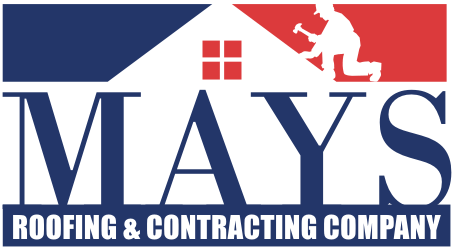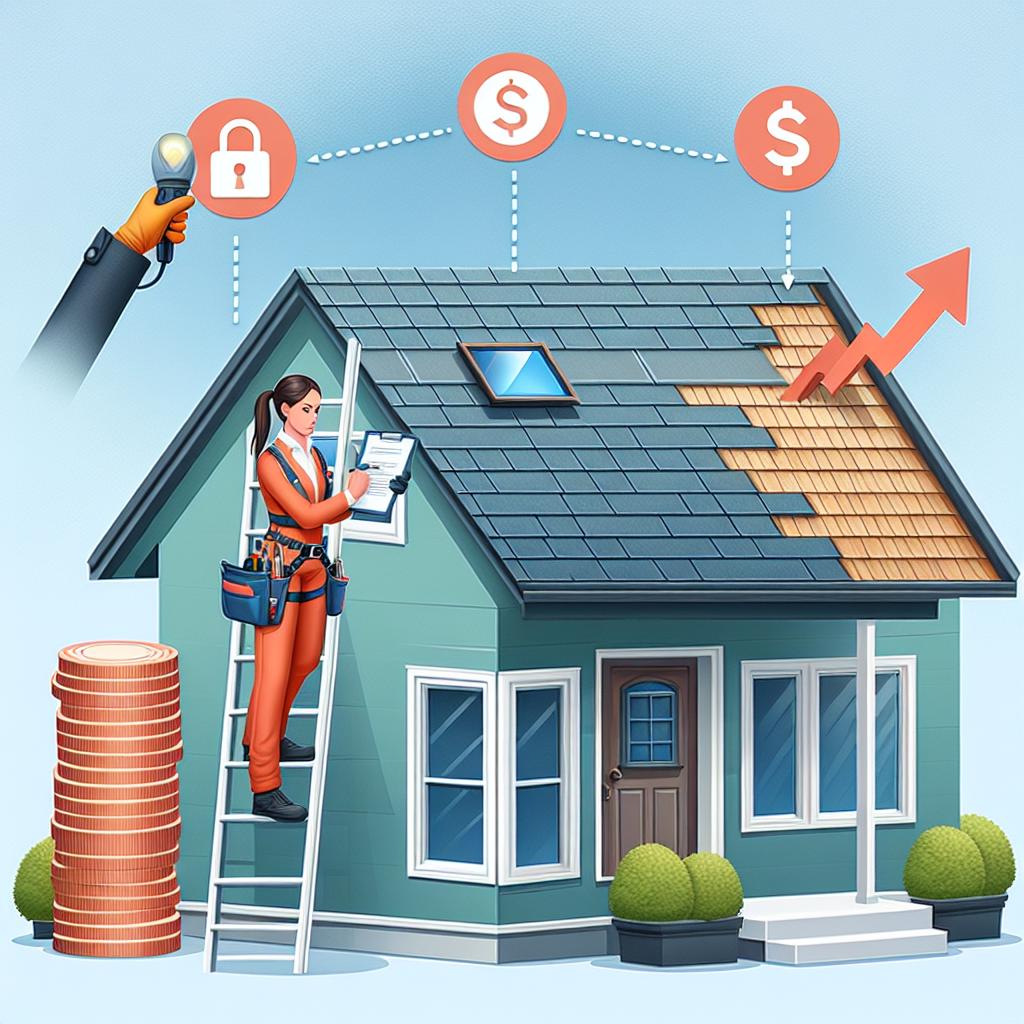What Are the Top Benefits of Regular Roof Inspections?
Introduction
The roof is one of the most critical components of a building. It protects against environmental elements while contributing to the overall aesthetic of the structure. Regular roof inspections are vital to maintaining this essential barrier. This article will explore the key benefits of conducting routine roof inspections, emphasizing how they contribute to long-term building health and safety.
1. Early Detection of Problems
One of the primary benefits of regular roof inspections is the early detection of problems. Roofs endure significant wear over time due to exposure to weather, debris, and everyday stress. Undetected issues may worsen, leading to more complex repairs or replacements.
During an inspection, professionals can identify issues such as:
- Cracked or missing shingles
- Damaged flashing
- Clogged gutters
- Leaks or water stains
Addressing these issues promptly can prevent further damage and save on repair costs.
2. Extending Roof Lifespan
Regular inspections can significantly extend a roof’s lifespan. Many roofs are designed to last for decades, but without proper care, that lifespan can diminish rapidly. Inspections allow for routine maintenance, accommodating minor repairs before they escalate into substantial problems.
Maintenance activities may include:
- Cleaning debris from the roof surface
- Reapplying sealants
- Ensuring proper drainage
A proactive approach helps maintain the integrity of the roofing materials, ultimately saving money in the long run.
3. Improved Energy Efficiency
An uninspected or poorly maintained roof can lead to energy inefficiencies. Issues like inadequate insulation or air leaks contribute to higher energy bills. Regular inspections enable homeowners to identify and rectify these problems.
Key factors affecting energy efficiency include:
- Insulation quality
- Ventilation systems
- Material degradation
By optimizing these elements, not only does a roof perform better, but it also translates into lower energy costs.
4. Comprehensive Safety Assurance
Safety is paramount in building maintenance. Regular roof inspections yield a higher safety assurance. A compromised roof can pose a risk to the occupants and the structure. Issues like structural instability or water accumulation can lead to dangerous situations.
Inspection professionals assess the roof’s structural integrity, identifying hazards such as:
- Weak support structures
- Potential slip hazards
- Fire risks from debris
Addressing these hazards enhances occupant safety significantly.
5. Vulnerability to Weather Events
Severe weather events can be catastrophic for roofing. Regular inspections allow property owners to prepare for potential weather threats by ensuring the roof is in optimal condition. Inspectors can assess whether the roof can handle heavy rain, snow, or wind.
For example:
- Flashing integrity is crucial before a storm.
- Debris removal can prevent clogging.
- Ensuring drainage systems are functional can mitigate flooding risks.
By fortifying the roof against unpredictable weather, property owners protect their investments more effectively.
6. Enhanced Property Value
Regular roof inspections can enhance property value. A well-maintained roof provides a significant selling point. Prospective buyers often prioritize roofing condition when evaluating homes.
Benefits of a solid roof during the selling process include:
- Fewer concerns about immediate repairs
- Increased buyer confidence
- Potentially higher sale price
Investing in regular inspections can yield returns in property value during resale.
7. Insurance Compliance
Many insurance policies require periodic roof inspections for coverage. Insurance companies may deny claims if significant damage occurs and there’s no record of inspection or maintenance. Regular inspections ensure compliance with insurance guidelines.
Having documented proof of maintenance can also support claims in the event of roof damage. This documentation could include:
- Inspection reports
- Maintenance logs
- Photos of roof condition
Such records increase the likelihood of a successful insurance claim.
8. Cost Savings
While roof inspections come with associated costs, they can lead to significant long-term savings. The early detection of problems avoids costly emergency repairs that may arise from neglect. Additionally, an efficiently functioning roof reduces energy expenses.
Creating a maintenance budget that includes regular inspections can yield considerable savings in repairs, energy costs, and insurance premiums over time.
Conclusion
In conclusion, regular roof inspections are vital for ensuring the safety, longevity, and efficiency of your roofing system. By detecting problems early, extending roof lifespan, improving energy efficiency, ensuring safety, preparing for weather events, enhancing property value, maintaining insurance compliance, and achieving cost savings, property owners can protect their investments effectively. Prioritizing regular roof inspections can lead to a healthier, safer, and more cost-efficient living environment.





 Mays Contracting
Mays Contracting

